In 2025, the blockchain revolution is accelerating faster than ever. The global blockchain technology market, valued at $41.15 billion, is forecasted to soar past $1.87 trillion by 2034, an extraordinary CAGR of 52.9%. With industries racing to harness its transformative power, demand for blockchain application development has surged to historic levels. This year alone, more than 126 blockchain-based unicorns have emerged, cementing blockchain’s role as one of the most disruptive forces of the decade.
.avif)
What Is Blockchain Application Development?
Blockchain application development is the process of creating decentralized applications (dApps) that operate on blockchain networks rather than traditional centralized servers. These applications leverage distributed ledger technology to provide enhanced security, transparency, and user control by eliminating intermediaries and enabling peer-to-peer interactions.
Unlike conventional applications that rely on centralized databases and servers, blockchain applications store data across multiple nodes in a network, creating an immutable and transparent record of all transactions. This fundamental shift from centralization to decentralization represents a paradigm change in how applications are built, deployed, and managed.
The blockchain application development process involves integrating smart contracts, cryptocurrency wallets, consensus mechanisms, and distributed storage systems to create robust, secure, and scalable solutions. These applications span various use cases, from simple cryptocurrency wallets to complex decentralized finance (DeFi) platforms and enterprise blockchain solutions.
Types of Blockchain Applications
Decentralized Applications (dApps)
DApps represent the cornerstone of blockchain apps development, running on decentralized networks without central authority control. These applications provide users with enhanced privacy, censorship resistance, and data ownership. Popular dApps include decentralized exchanges, gaming platforms, and social media networks built on blockchain infrastructure.
Smart Contracts
Smart contracts are self-executing contracts with terms directly written into code, automatically enforcing agreements when predetermined conditions are met. Written primarily in Solidity for Ethereum blockchain, these contracts eliminate the need for intermediaries and ensure transparent, tamper-proof execution of business logic.
Crypto Wallets
Cryptocurrency wallets enable users to store, send, and receive digital assets securely. Modern wallet development includes features like multi-signature support, hardware wallet integration, and cross-chain compatibility, with development costs ranging from $25,000 to $85,000.
NFT Marketplaces
NFT marketplace development has surged, with platforms facilitating the creation, trading, and ownership of non-fungible tokens. These marketplaces incorporate features like minting capabilities, royalty management, and secure payment processing, typically costing between $25,000 to $55,000 to develop.
DeFi Applications
Decentralized Finance applications have revolutionized traditional financial services by providing lending, borrowing, trading, and yield farming capabilities without intermediaries. DeFi platforms represent some of the most complex blockchain applications, with development costs ranging from $100,000 to $500,000+.
Enterprise Blockchain Solutions
Enterprise blockchain solutions focus on solving specific business challenges like supply chain management, digital identity verification, and secure data sharing. These solutions often utilize private or consortium blockchains to maintain control while leveraging blockchain benefits.
Benefits of Blockchain Applications
- Security and Transparency: Blockchain applications provide unprecedented security through cryptographic hashing and decentralized validation. Each transaction is permanently recorded and verified by multiple nodes, making data tampering virtually impossible. This transparency builds trust among users and stakeholders by providing verifiable audit trails.
- Decentralization: By eliminating central points of failure, blockchain applications reduce dependency on single entities and increase system resilience. Decentralization ensures no single party can control or manipulate the network, promoting fairness and democratic governance.
- Digital Ownership and Tokenization: Blockchain enables true digital ownership through tokenization, allowing users to own, trade, and monetize digital assets. This creates new economic models where users can directly benefit from their participation and contributions to the network.
- Speed and Cost Reduction: Smart contracts automate processes that traditionally require manual intervention, significantly reducing transaction times and operational costs. By removing intermediaries, blockchain applications can process transactions faster and more cost-effectively than traditional systems.
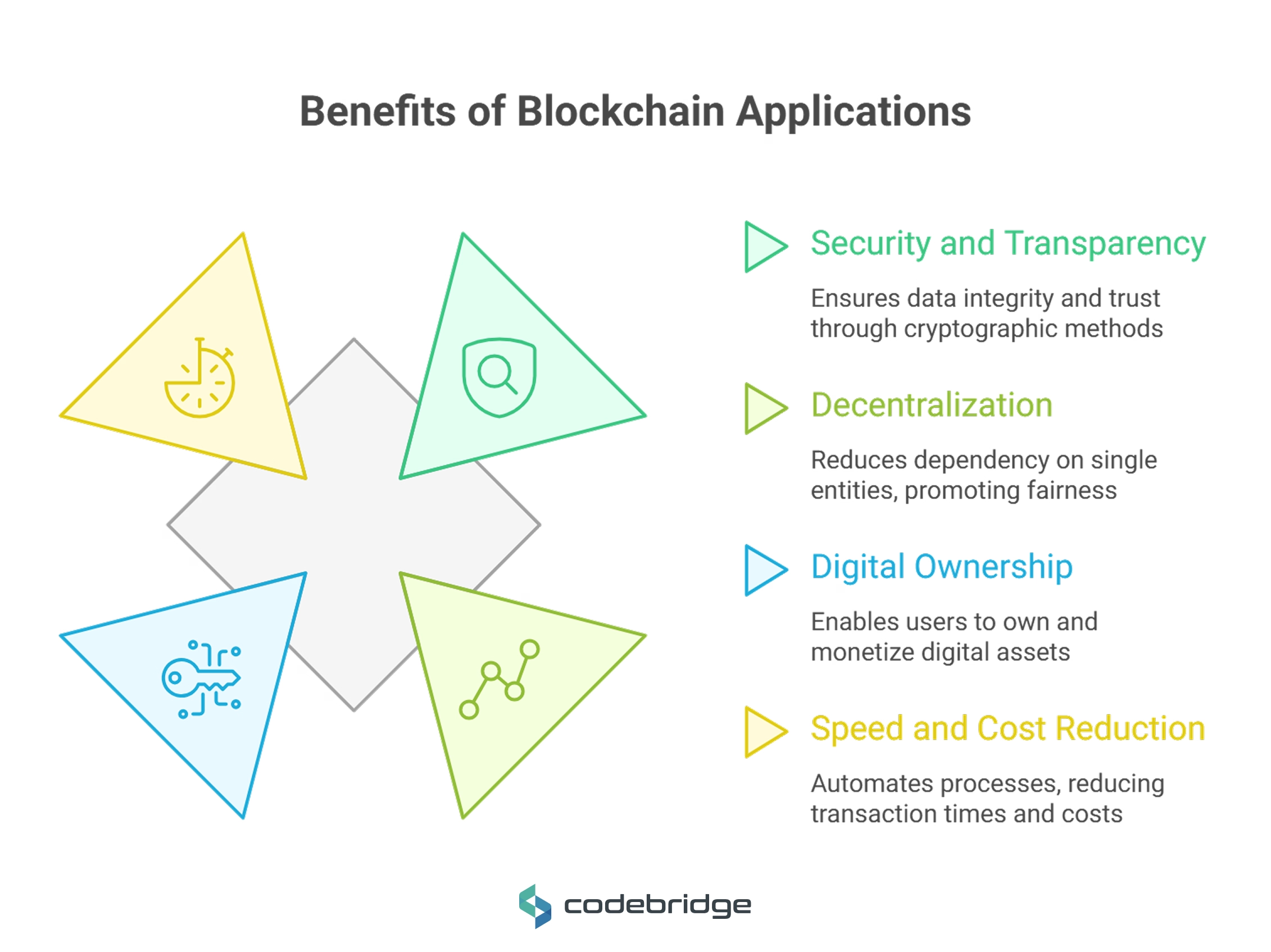

Blockchain Application Development Process
The blockchain application development process begins with comprehensive market research and problem identification. Development teams analyze the target market, identify specific pain points that blockchain can address, and define clear use cases that justify decentralization over traditional solutions.
UI/UX Design for Blockchain Apps
Designing user interfaces for blockchain applications requires special consideration for wallet integration, transaction confirmations, and gas fees. Effective blockchain UI/UX design simplifies complex blockchain interactions while maintaining security and user trust.
Choosing the Blockchain Platform
Platform selection significantly impacts development costs and capabilities. Ethereum remains the most popular choice with extensive developer tools and documentation, processing 30 transactions per second with higher gas fees. Solana offers superior performance with 50,000-65,000 TPS and lower costs but with less ecosystem maturity. Polygon provides Ethereum compatibility with faster transactions and lower fees. Hyperledger Fabric serves enterprise needs with permissioned networks and private blockchain capabilities.
Smart Contract Development
Smart contract development requires expertise in specialized programming languages like Solidity for Ethereum or Rust for Solana. Developers must implement business logic, handle edge cases, and ensure security through comprehensive testing and auditing.
Integration with Payments and Wallets
Modern blockchain applications must integrate with various payment systems and wallet providers like MetaMask, Trust Wallet, and hardware wallets. This integration enables seamless user onboarding and transaction processing across different blockchain networks.
Testing & Security Audit
Rigorous testing is crucial for blockchain applications due to the immutable nature of smart contracts. Security audits by specialized firms cost $10,000-$30,000+ but are essential for identifying vulnerabilities and ensuring contract safety.
Deployment & Maintenance
Deployment involves configuring the blockchain network, deploying smart contracts, and establishing monitoring systems. Ongoing maintenance includes monitoring performance, updating security measures, and scaling infrastructure as user adoption grows.
Blockchain Application Development Tech Stack: Programming Languages
Solidity dominates smart contract development for Ethereum-compatible networks, offering object-oriented programming with JavaScript-like syntax. Rust powers Solana development with its focus on performance and memory safety. Go serves enterprise blockchain solutions like Hyperledger Fabric. JavaScript enables frontend development and integration with Web3 libraries.
Frameworks & SDKs
Development frameworks accelerate blockchain apps development by providing pre-built components and tools. Truffle and Hardhat serve Ethereum development, while Anchor supports Solana applications. These frameworks include testing suites, deployment tools, and development environments.
Frontend Technologies
React remains the dominant choice for blockchain application frontends, offering component-based architecture and extensive Web3 integration libraries. Flutter enables cross-platform mobile development for blockchain applications, while Next.js provides server-side rendering capabilities.
Backend Infrastructure
Node.js powers most blockchain application backends, offering asynchronous processing and extensive npm ecosystem. Python serves data-intensive applications and machine learning integration, while cloud platforms like AWS and Azure provide scalable infrastructure.
Databases & APIs
Blockchain applications often combine on-chain and off-chain data storage. IPFS handles decentralized file storage, while traditional databases like PostgreSQL store application metadata. API integrations include price feeds from Chainlink oracles and payment processors.

Cost of Blockchain Application Development
Blockchain app development costs vary significantly based on application complexity, platform choice, and feature requirements. Simple applications like basic wallets cost $30,000-$60,000, while moderately complex applications with advanced features range from $60,000-$150,000. Highly complex enterprise applications can exceed $300,000.
Platform selection significantly impacts costs, with Ethereum development typically being more expensive due to higher gas fees and complexity. Smart contract quantity and sophistication directly correlate with development costs, especially when security audits are required. UI/UX design complexity affects overall costs, with custom designs commanding premium pricing.
In-House vs Outsourcing Comparison
In-house development requires significant upfront investment in talent acquisition and infrastructure, with expert-level teams costing $200,000+ annually per developer. Outsourcing to agencies offers cost efficiency with expert teams providing $250,000-$500,000 project budgets.
Freelancer engagement provides the most cost-effective option at $50,000-$90,000 for expert-level development.
For a deeper look at trusted partners, explore our guide on the Top Blockchain Software Development Companies.
Challenges in Blockchain Application Development
- Scalability Limitations. Blockchain scalability remains a critical challenge, with traditional networks like Bitcoin processing 7 TPS and Ethereum handling 30 TPS. This limitation restricts mainstream adoption compared to centralized systems like Visa processing thousands of TPS. Layer 2 solutions like Optimistic Rollups and zk-Rollups address scalability through off-chain processing, while sharding divides blockchain networks into smaller, parallel-processing segments.
- User Experience vs Decentralization. Balancing user-friendly interfaces with decentralized architecture presents ongoing challenges. Complex wallet integrations, gas fee management, and transaction confirmations can intimidate mainstream users. Successful blockchain applications must abstract technical complexity while maintaining decentralization benefits.
- Regulatory Compliance. Evolving regulatory frameworks create uncertainty for blockchain application development. Different jurisdictions impose varying requirements for data protection, financial services, and digital asset handling. Developers must implement flexible architectures that can adapt to changing regulatory requirements.
- Security Vulnerabilities. Despite blockchain's inherent security, applications remain vulnerable to smart contract bugs, oracle attacks, and frontend exploits. The immutable nature of blockchain means security flaws can't be easily fixed after deployment, making thorough testing and auditing essential.
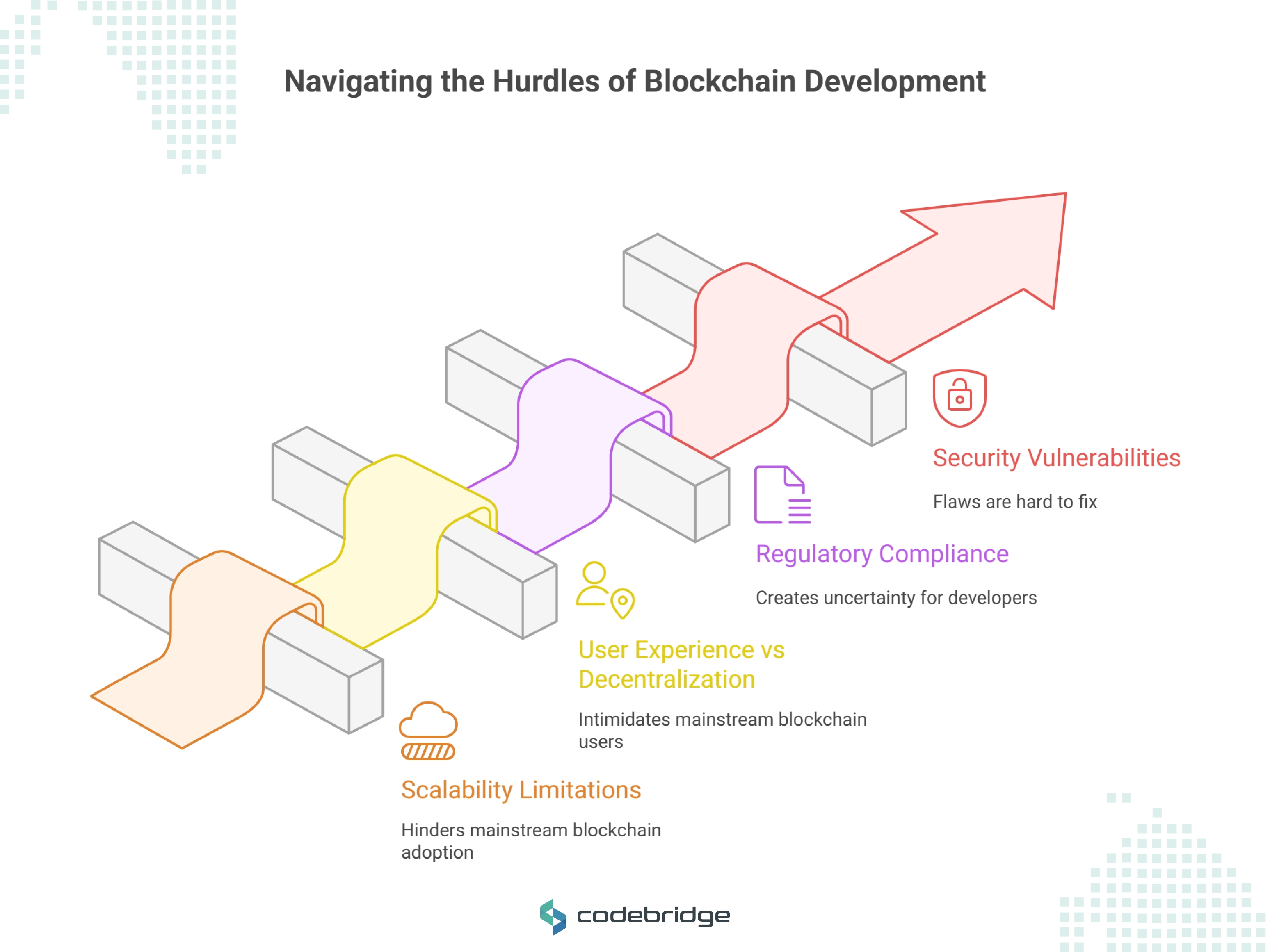
Use Cases & Industry Examples
Finance & DeFi
The financial sector leads blockchain adoption with revolutionary DeFi applications transforming traditional banking. MakerDAO enables decentralized lending and borrowing through algorithmic stablecoins. Uniswap provides automated market making for token swaps without intermediaries. These platforms process billions in transaction volume while maintaining decentralized governance.
Supply Chain Management
Blockchain revolutionizes supply chain transparency and traceability. Walmart utilizes IBM Food Trust to track food products from farm to shelf, reducing contamination response time from weeks to seconds. De Beers implemented Tracr platform to verify diamond authenticity and ethical sourcing. Maersk's TradeLens reduces shipping transit times by 40% through blockchain-based cargo tracking.
Healthcare Data Sharing
Healthcare organizations leverage blockchain for secure patient data sharing while maintaining privacy. Blockchain enables patients to control access to their medical records while allowing healthcare providers to access comprehensive patient histories. Estonia's national health service uses blockchain to ensure medical record integrity.
Music & Events Industry
The music industry embraces blockchain for artist empowerment and fan engagement. Blockchain enables direct artist-to-fan relationships, transparent royalty distribution, and innovative tokenization models. Artists can tokenize music rights, create exclusive NFT experiences, and utilize blockchain-based crowdfunding platforms.
TOKEN VIBE represents an innovative use case where blockchain technology transforms music events and fan experiences through tokenization and decentralized engagement platforms.
.avif)
Future of Blockchain Application Development in 2025 and Beyond
Enterprise Blockchain Mass Adoption
Enterprise blockchain adoption accelerates with 90% of surveyed companies implementing blockchain solutions in some form. Hybrid blockchain architectures dominate at 38% adoption globally, combining public and private blockchain benefits. Major corporations integrate blockchain for supply chain management, digital identity, and automated compliance systems.
Web3 + AI Integration
The convergence of Web3 and AI creates unprecedented opportunities for intelligent blockchain applications. The blockchain AI market projects explosive growth from $550-680 million in 2025 to $1.88-15.8 billion by 2029-2034. AI-enhanced smart contracts provide adaptive automation, while decentralized AI networks democratize artificial intelligence access.
Cross-Chain Interoperability Solutions
Blockchain interoperability emerges as a critical infrastructure component, enabling seamless asset and data transfer between networks. Polkadot and Cosmos lead cross-chain protocol development, while Chainlink CCIP provides enterprise-grade interoperability solutions. These innovations eliminate blockchain silos and create unified Web3 ecosystems.
Central Bank Digital Currencies (CBDCs)
Government blockchain initiatives accelerate with CBDC exploration and implementation. These sovereign digital currencies leverage blockchain benefits while maintaining regulatory control. CBDC development drives enterprise blockchain standardization and regulatory framework maturation.
Conclusion
Blockchain application development stands at the forefront of technological innovation in 2025, offering unprecedented opportunities for security, transparency, and decentralization across industries. With the market projected to reach $1.87 trillion by 2034, businesses that invest in blockchain applications today position themselves for long-term competitive advantage.
The evolution from experimental proofs-of-concept to production-ready enterprise solutions demonstrates blockchain's maturation as a transformative technology. Success in blockchain app development requires careful platform selection, comprehensive security measures, and user-centric design approaches that abstract technical complexity while preserving decentralization benefits.
Ready to build your blockchain application? Book a free consultation to discover how blockchain technology can transform your business and position you for success in the decentralized future.
FAQ
What is blockchain application development?
Blockchain application development is the process of building decentralized applications (dApps) that run on distributed ledger technology instead of centralized servers. These apps use smart contracts, wallets, and blockchain protocols to deliver secure, transparent, and tamper-proof solutions.
How much does blockchain app development cost in 2025?
The cost of blockchain application development depends on complexity and features. Simple dApps start at around $40,000–$90,000, while NFT marketplaces range from $70,000–$250,000. Advanced DeFi platforms and enterprise blockchain solutions can exceed $300,000–$500,000+.
How long does it take to develop a blockchain application?
Development time typically ranges from 2.5 months for simple crypto wallets to 9+ months for large-scale enterprise blockchain applications. The timeline depends on the chosen platform, feature set, and level of security auditing required.
What are the main types of blockchain applications?
The most common types include:
dApps (Decentralized Applications) for gaming, finance, and social platforms.
Smart Contracts for automated, transparent agreements.
Crypto Wallets for storing and managing digital assets.
NFT Marketplaces for tokenized assets and collectibles.
DeFi Platforms for lending, trading, and yield farming.
Enterprise Blockchain Solutions for supply chain, healthcare, and identity management.
Which blockchain platforms are best for app development?
Ethereum remains the leading choice for smart contracts and dApps, though Solana and Polygon are gaining traction for faster, cheaper transactions. Hyperledger Fabric is preferred for enterprise blockchain development requiring permissioned networks.
Heading 1
Heading 2
Heading 3
Heading 4
Heading 5
Heading 6
Lorem ipsum dolor sit amet, consectetur adipiscing elit, sed do eiusmod tempor incididunt ut labore et dolore magna aliqua. Ut enim ad minim veniam, quis nostrud exercitation ullamco laboris nisi ut aliquip ex ea commodo consequat. Duis aute irure dolor in reprehenderit in voluptate velit esse cillum dolore eu fugiat nulla pariatur.
Block quote
Ordered list
- Item 1
- Item 2
- Item 3
Unordered list
- Item A
- Item B
- Item C
Bold text
Emphasis
Superscript
Subscript





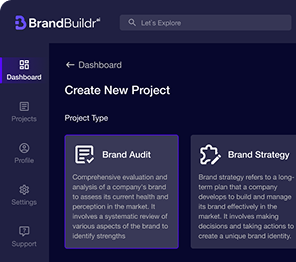
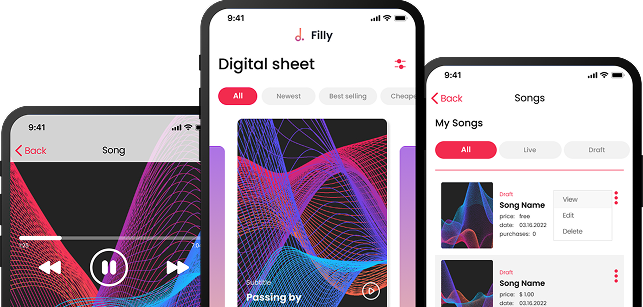










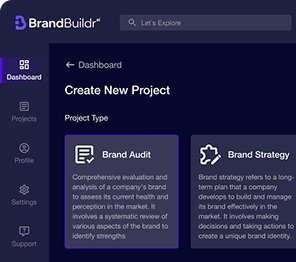
.avif)

.avif)




.png)

%20(3).png)
